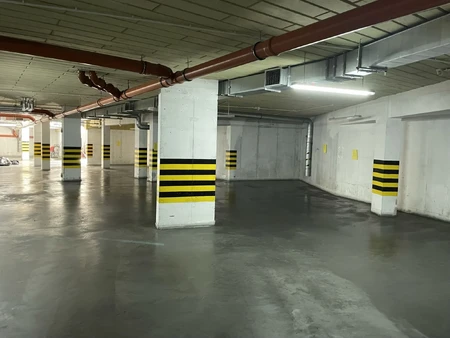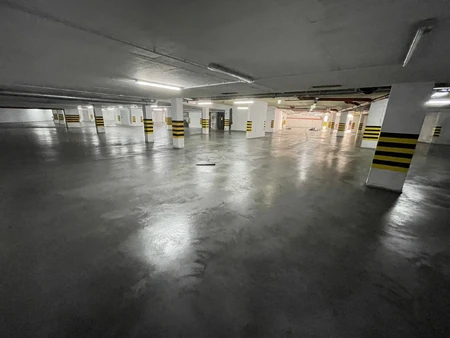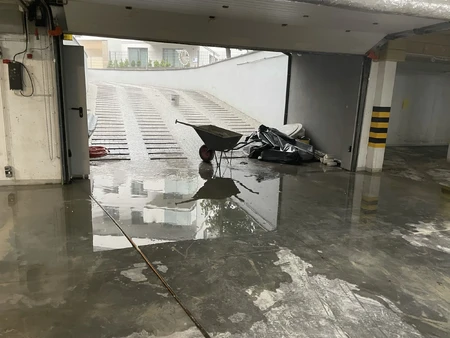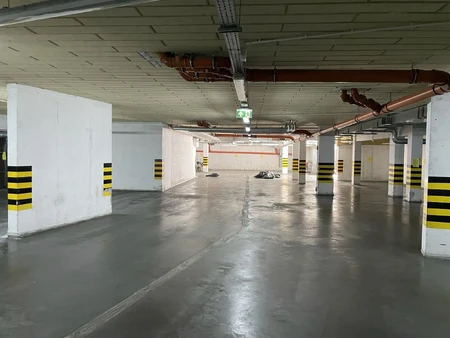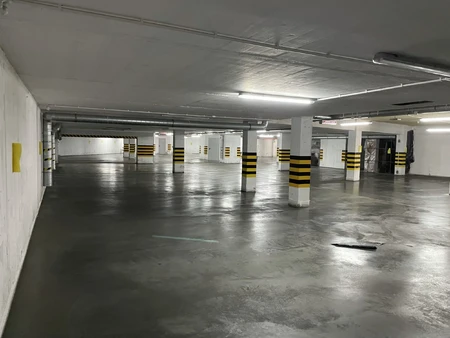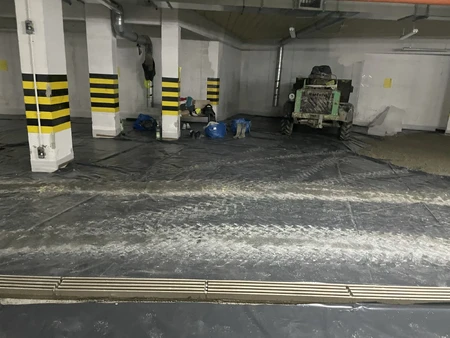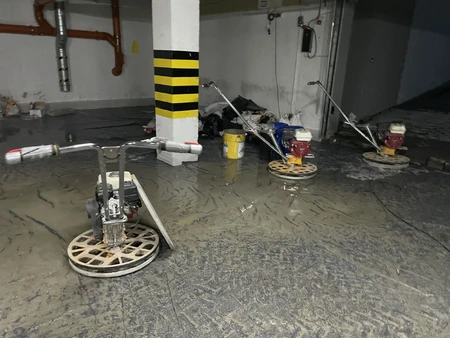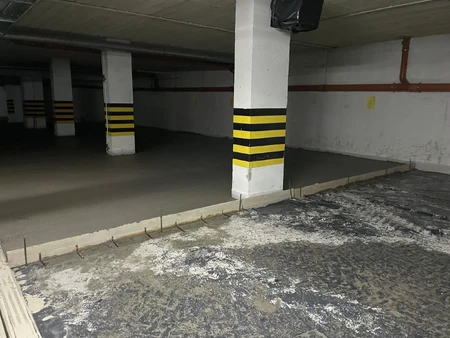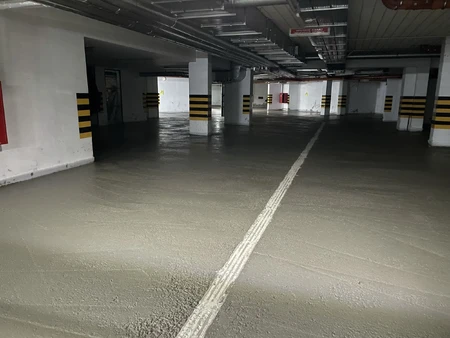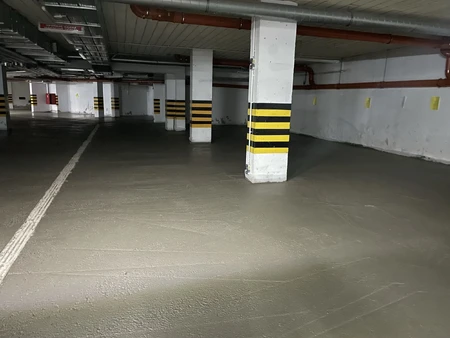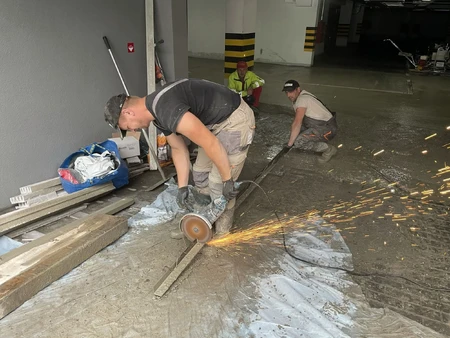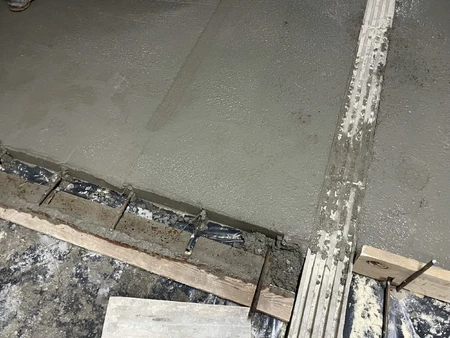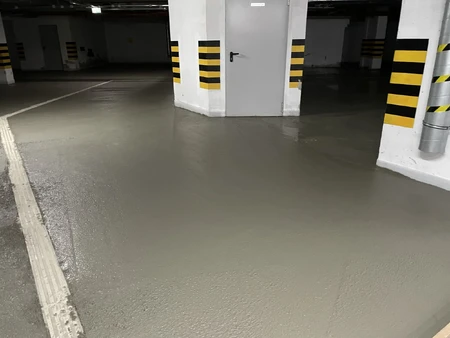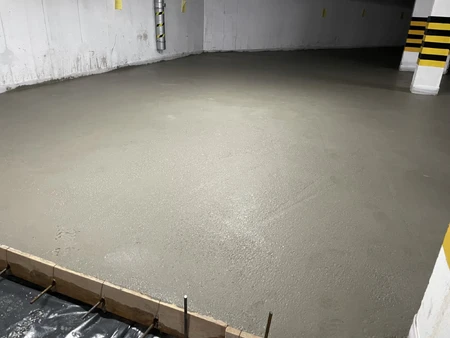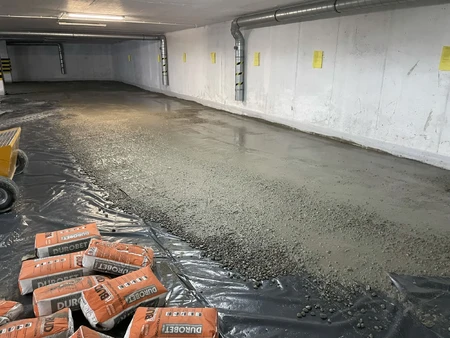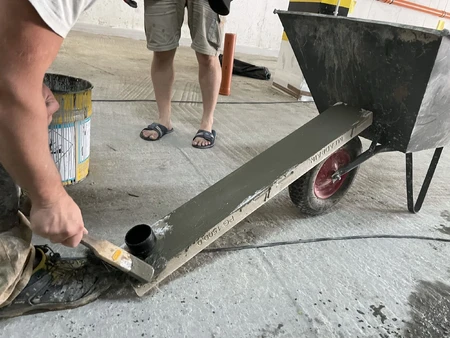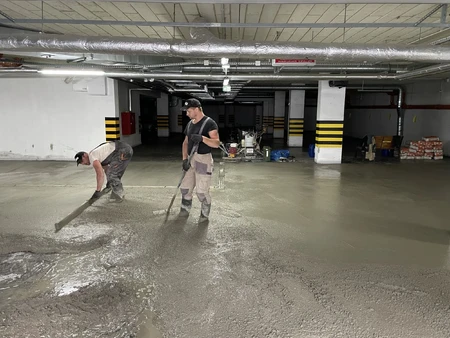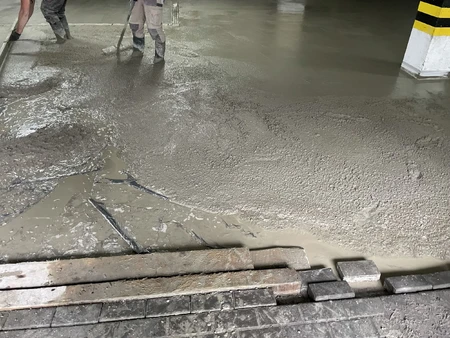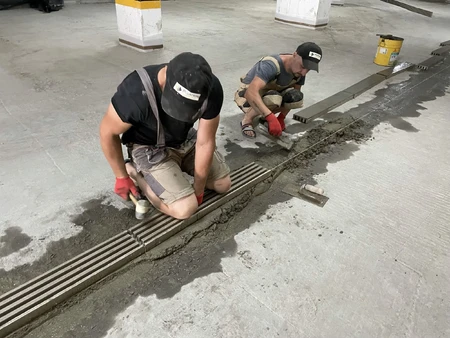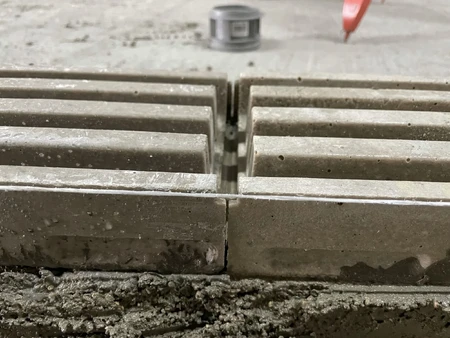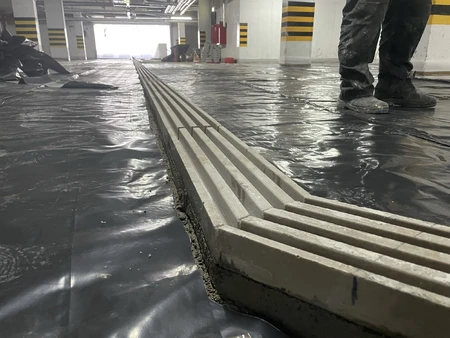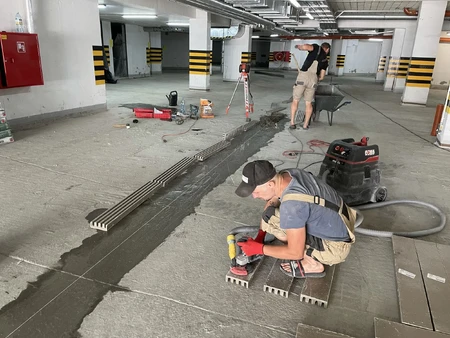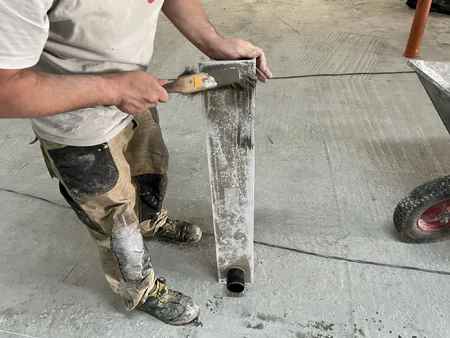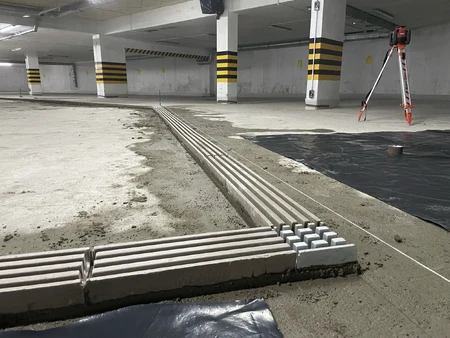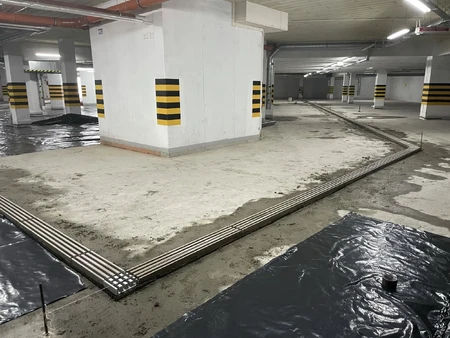What we did on this construction site:
- removal of old concrete;
- installation of linear drainage;
- construction of an industrial concrete floor.
Methods of dismantling old industrial concrete floors
Continuous technological progress and the dynamic development of the industrial sector make it necessary to frequently modernize the existing infrastructure.
One of the most labor-intensive and complicated processes is the dismantling of old concrete floors that have played their role and need to be replaced with new ones.
Taking on the task of dismantling industrial floors is not easy. Due to the properly designed thickness and strength, concrete floors pose a serious challenge to the dismantler. Fortunately, with advances in technology and innovative tools available on the market, construction workers are able to safely and effectively remove old concrete floors.
The first technique for dismantling old industrial floors is the mechanical method. The use of concrete breaking machines, such as pneumatic or demolition hammers, is effective and fast, but they have certain limitations. This technique generates a lot of noise and dust, which can prove to be a problem, especially when working in closed rooms or in high-traffic areas.
Another technique is hydraulic disassembly. This method involves breaking up concrete or resin floor using a strong high-pressure water jet. This technique is much quieter than mechanical disassembly, and additionally reduces the amount of dust generated. However, the costs associated with disposing of cutting water can be high and the process can be more time-consuming.
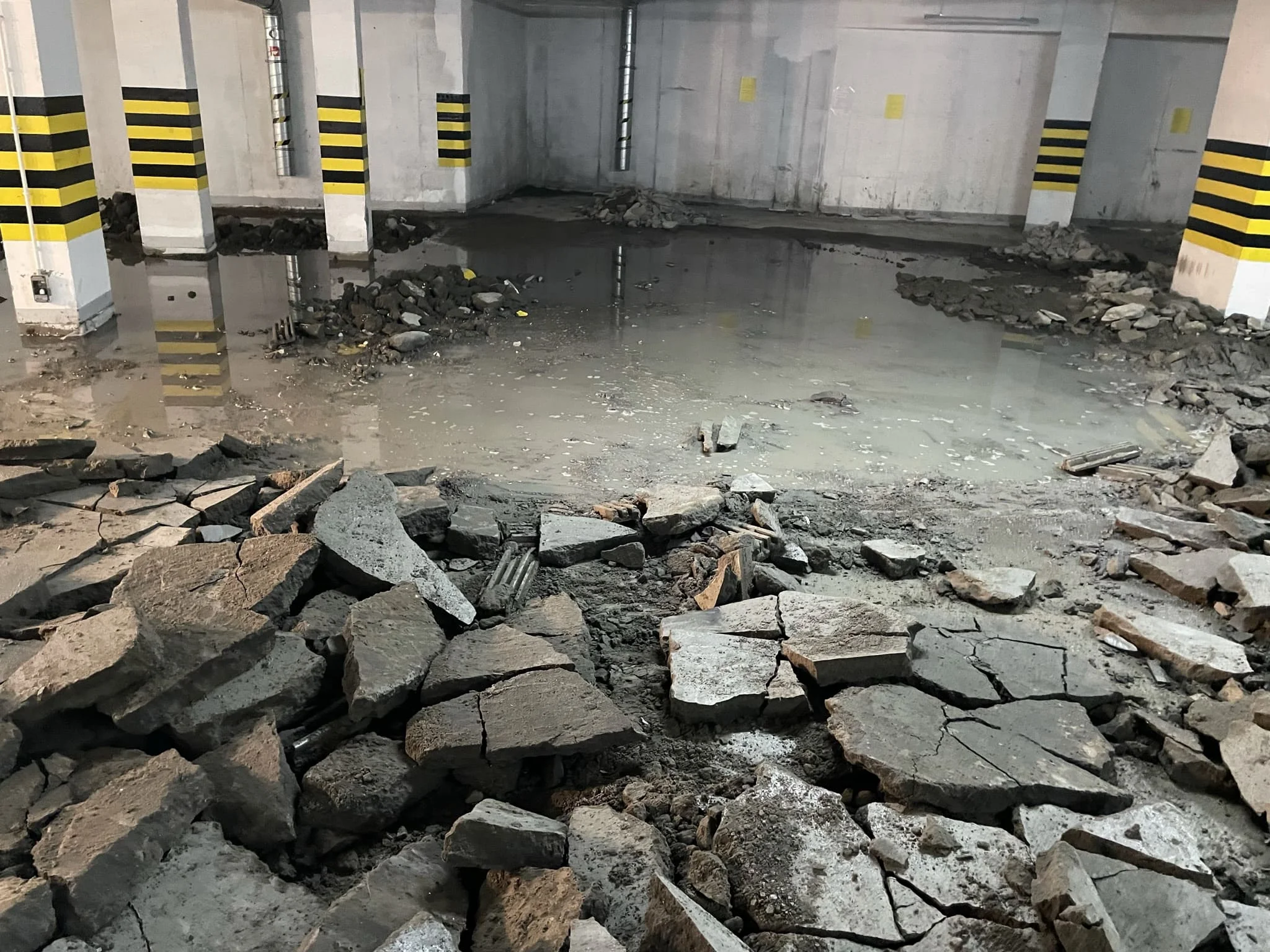
An alternative to the above two methods is thermal disassembly. This technique involves breaking down the industrial floor with high temperature, causing cracks. However, this method is used less frequently due to the large amount of gases emitted and the greater risk of fire.
All the above-mentioned methods of dismantling hard surfaces, such as polished concrete, require a specialized approach and knowledge. Before dismantling old industrial concrete floors, a company should conduct a detailed structural assessment. For this purpose, GPR or ultrasonic techniques can be used.
It seems that the dismantling of industrial concrete floors will continue to be a challenge for the construction industry, but modern technologies and methods enable the effective and safe removal of these structures. The rapid development of technology will probably bring many new and effective tools that will make the process of dismantling old floors even simpler and faster.
Industrial concrete flooring is one of the most frequently used solutions in industry, especially when it comes to the construction of parking lots.
Thanks to its strength, durability and aesthetics, concrete is an ideal material for parking lot floors, both underground and above-ground.
Concrete, as a material for building industrial floor, is extremely versatile. Thanks to various finishing technologies, you can achieve various effects, from matte to glossy, from smooth to textured. Concrete is also extremely resistant to various weather conditions, which is important in the case of above-ground parking lots.
However, Industrial concrete floor in a parking lot must be properly designed and constructed. You should pay attention to several aspects that affect its functionality and durability.
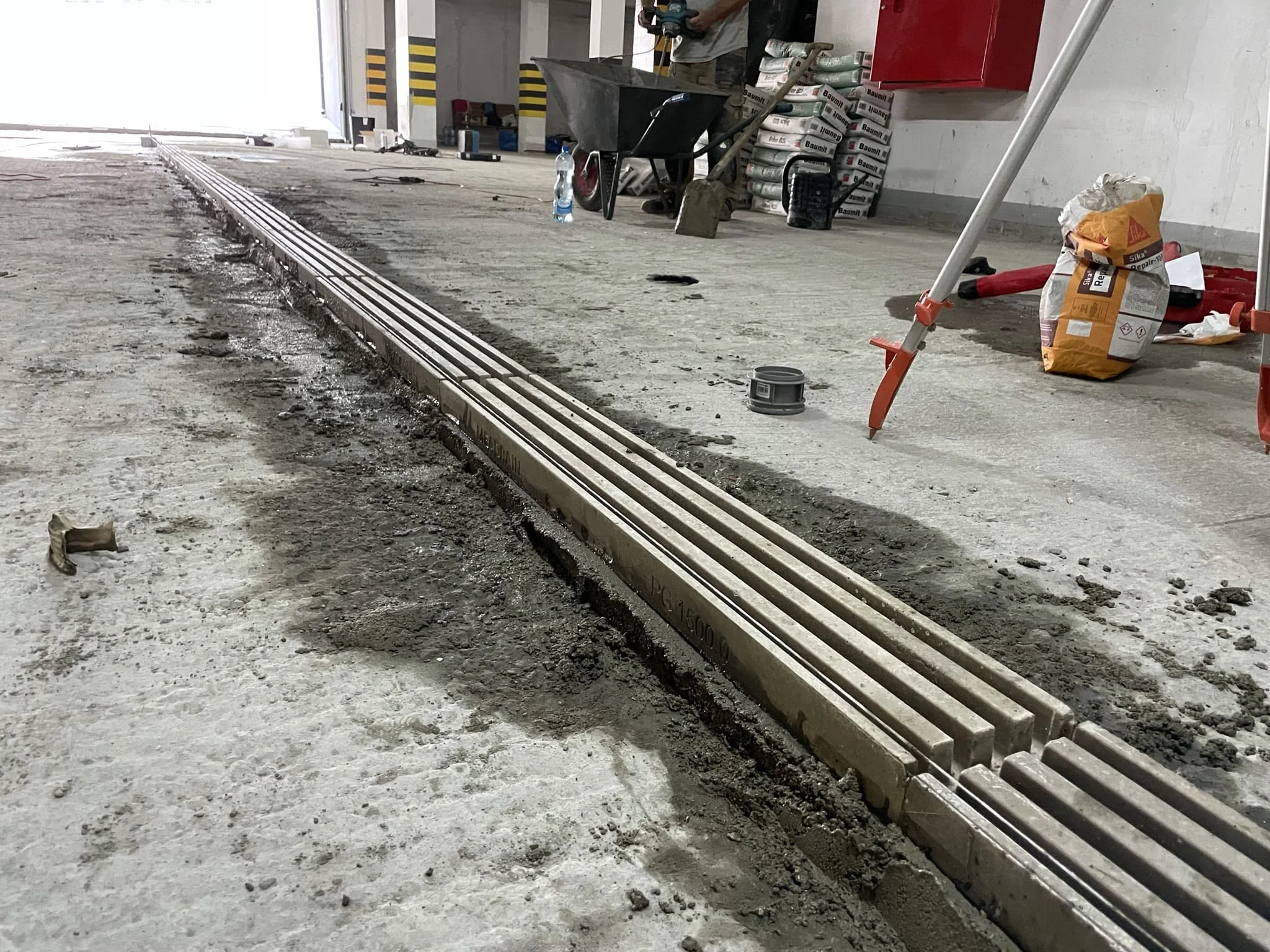
First of all, the concrete floor screed must be resistant to the weight of the vehicles that will be standing on it. This means that it must be thick enough and the concrete must have appropriate properties so that it does not crack under load.
In addition, industrial floor must be resistant to chemicals such as oils, coolants or road salt, which may be accidentally spilled by parking lot users.
Another aspect worth paying attention to is the surface finish. In the case of a parking lot, the best solution is a slightly rough surface that prevents slipping, whether when walking or driving.
Finally, an industrial floor in a parking lot should be easy to maintain. Concrete is a material that can be easily cleaned of dirt, but in the case of parking lots, additional coatings are often used to make it easier to keep clean and increase the floor's resistance to various chemical factors.
Creating concrete floors is a process that requires specialized knowledge and skills. From appropriate design, through execution, to maintenance - all this affects the quality of the industrial floor and its life. Therefore, it is worth entrusting this task to professionals who have appropriate experience and knowledge.
An Industrial concrete floor in a parking lot is a durable and practical solution that will ensure comfort for users, as well as durability and low maintenance costs for the facility owner.
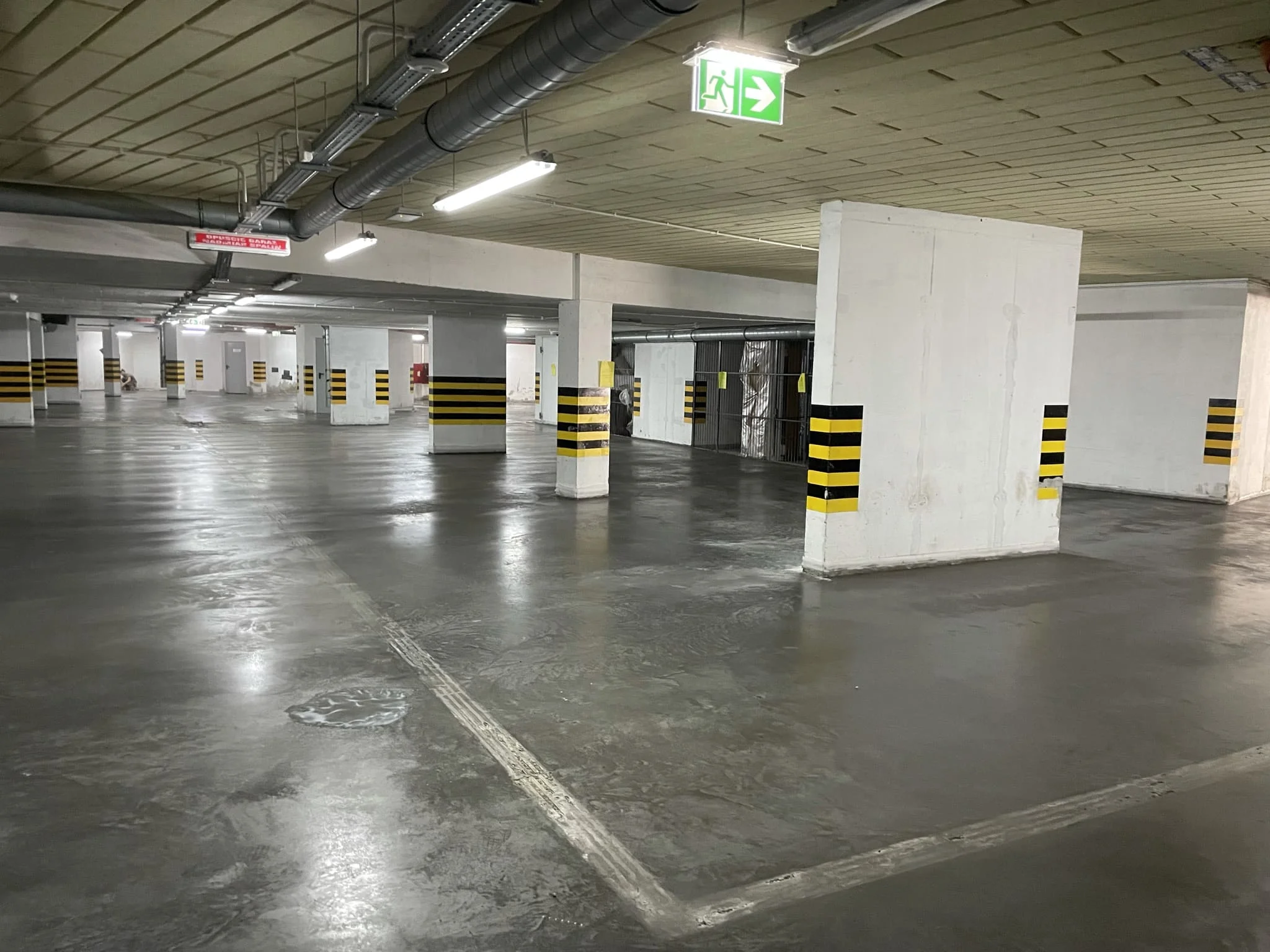
Work results:
- removal of old concrete - 1600 m2;
- installation of linear drainage - 160 lin.m;
- construction of an industrial concrete floor - 1600 m2.


